SUMMARY
This is AI generated summarization, which may have errors. For context, always refer to the full article.
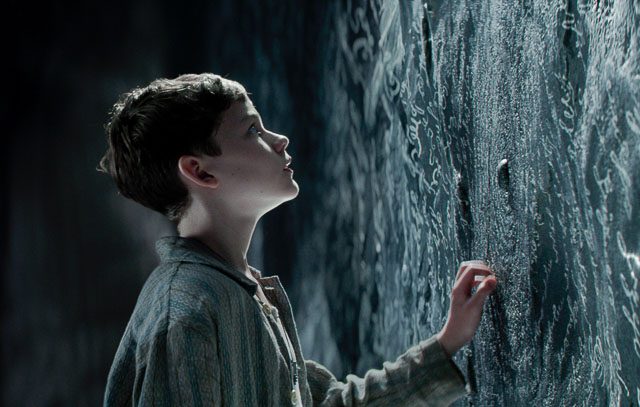
There is one scene in Joe Wright’s Pan that quickly emphasizes what is inherently wrong with the film.
Peter (Levi Miller), the 12-year old kid who gets spirited away from an orphanage in the middle of war-shocked London to Neverland, witnesses a tribal leader being shot by Captain Blackbeard (Hugh Jackman), from where he is hiding.
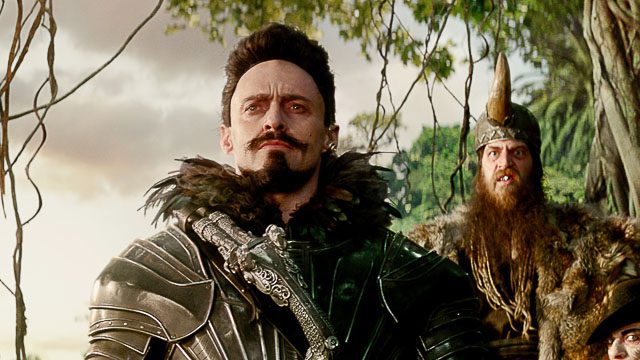
Wright, instead of lingering on the face of young Peter to depict the possible taint of seeing senseless death and violence from so close to his precious childhood, cuts to the next point in the narrative.
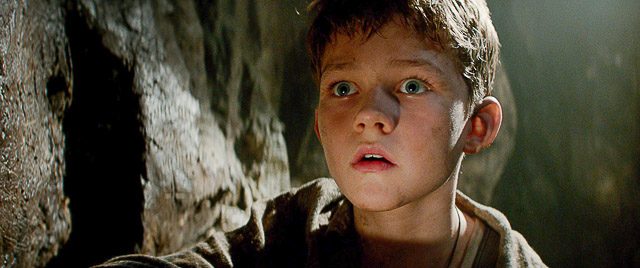
As if embarrassed to detail the effect of the death to the boy, the film focuses the attention to Tiger Lily (Rooney Mara), the tribal leader’s daughter, who is next to be executed if it were not for the horsetrading done by Hook (Garrett Hedlund), Peter’s friend and Tiger Lily’s love interest.

Constant state of hurry
Pan is in a constant state of hurry.
It jumps from one spectacle to another with wild abandon. In fairness to the film, its Neverland is a bizarre beauty. Blackbeard’s base resembles an abominable symbol of capitalistic excess, with inexplicable contraptions towering over thousands of laborers who get paid nothing but are placated by rock anthems and feats of merciless violence.
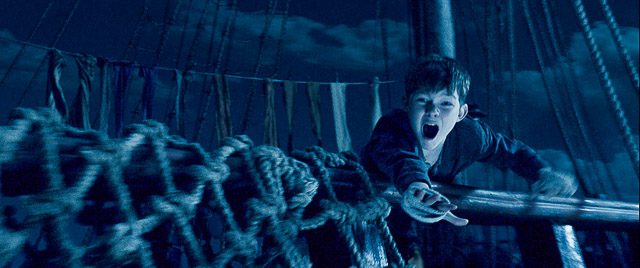
The rest of Neverland, while bearing the generic look of Hollywood’s idea of a fantasy world, is intricately crafted with a bevy of neverending colors and textures.
However, Wright’s decision to dazzle eyes instead of pinching hearts paves the way to a rather witless adventure. The film lacks layers. Its unfettered rush to have Peter fulfill his destiny betrays all its potentials. In the end, it resembles a cartoon whose value is measured by the number of stunts and escapades it is able to muster. And that’s within a narrative that is unremarkable in its inability to yearn for something more.
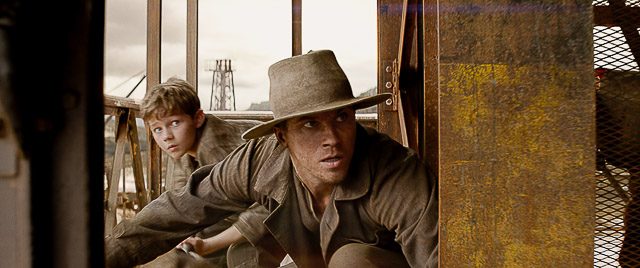
Innocence lost
Pan simply neglects the fact that at the heart of every children’s tale is the child and the virtue that he values most. Wright mistakes that virtue as wonderment, as in all the eye candy the film displays, or fantasy, as in the central idea that a lowly orphan can rise to become a hero of another world, when it should be innocence.
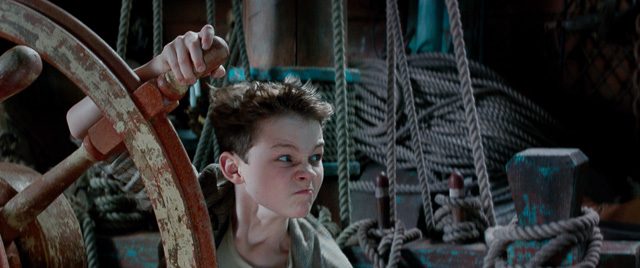
The film hungers for aches, for pain. Even in its portrayal of Peter’s relationship with the mother (Amanda Seyfried) he has never seen, the film peppers it with artificiality, such as when Wright chooses to have them interact through computer-generated glitters that remove a lot of emotion from the reunion and steal a lot of impact from Seyfried’s large, expressive eyes.
Wright simply covers up everything that could have grounded the film to the real world with all sorts of annoying gimmickry.
Jason Fuch’s screenplay however sets up the film, an imagined precursor to J. M. Barrie’s beloved bedtime story, in a world where reality is a place of desolation, and Neverland, while absolutely beautiful, is no different.
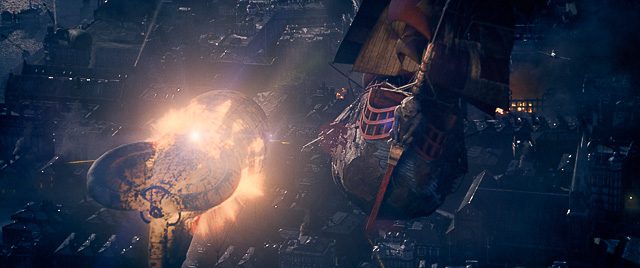
Peter’s London is a city where food is rationed, burning buildings are commonplace, and children are woken up from slumber by sirens alarming them of an impending air raid.
Neverland, on the other hand, is divided into two camps: Blackbeard’s crew of ruthless pirates who kidnap children to serve as free labor, and the others, free people who guard the secrets of the land.
Despite a milieu that is rich with possibilities, Wright steers the film into the arena of soulless marvel. The film places itself in a setting ripe for agony within the context of a child who pines for belongingness, but all it does with the setting is to turn it into a stage for slightly exhilarating battles. They ultimately mean nothing because none of the characters seem to mind the reality of death and torment.
Cries and whimpers
Peter’s dilemma is ultimately his inability to fly as prophesied. He occupies the screen with a perennial whimper, betraying the mischief-ridden persona that makes the character such a treat when pitted against Wendy’s flighty attitude towards youth and adulthood and Captain Hook’s obsessions in Barrie’s novel. Simply put, Peter is an uninteresting hero with an uninteresting destiny.
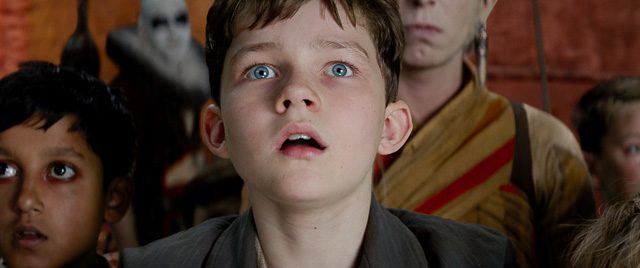
As opposed to the genius differences in motives and perspectives of the characters in Barrie’s novel, the interactions in the film between Peter, Hook and Tiger Lily are all veiled in convenience. Hook plays the wisecracking sidekick beside Tiger Lily, the modern woman who affords the film a romantic twist despite it being a movie that centers on a kid.
It is all Hollywood wizardry, done stupendously wrong. Pan exemplifies an industry’s obsession for digging up treasures from the past only to bastardize them with innovations that make them the perfect products for worldwide consumption, only this time, such intentions cannot be kept hidden because it is rather obvious that underneath all the pomp is a whole lot of emptiness. – Rappler.com
 Francis Joseph Cruz litigates for a living and writes about cinema for fun. Thefirst Filipino movie he saw in the theaters was Carlo J. Caparas’ ‘Tirad Pass.’ Since then, he’s been on a mission to find better memories with Philippine cinema. Profile photo by Fatcat Studios
Francis Joseph Cruz litigates for a living and writes about cinema for fun. Thefirst Filipino movie he saw in the theaters was Carlo J. Caparas’ ‘Tirad Pass.’ Since then, he’s been on a mission to find better memories with Philippine cinema. Profile photo by Fatcat Studios
Add a comment
How does this make you feel?
There are no comments yet. Add your comment to start the conversation.